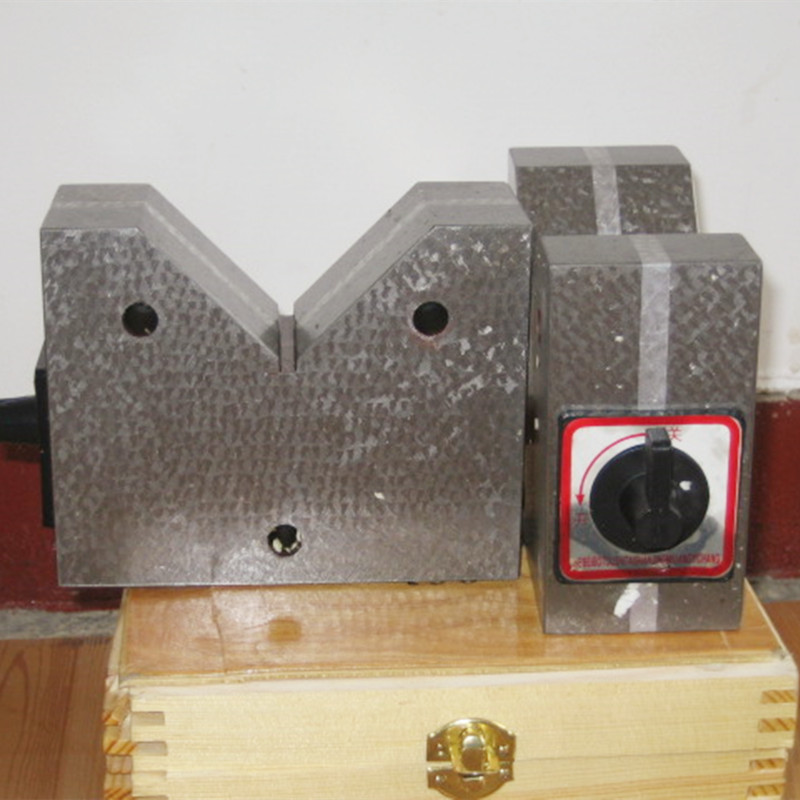سبتمبر . 28, 2024 00:08 Back to list
Understanding Taper Thread Plug Gauges for Precision Measurement and Quality Control
Understanding Taper Thread Plug Gauges
Taper thread plug gauges are essential tools used in the manufacturing and quality assurance processes for measuring the dimensions of tapered threaded fasteners. These gauges ensure that the threads on components such as pipes, fittings, and other mechanical parts meet specified tolerances and standards, which is crucial for ensuring not only fit but also performance and safety in a variety of applications.
What is a Taper Thread?
A taper thread is characterized by its gradual reduction in diameter along its length, which allows for a tighter fit as the components are engaged. This type of threading is commonly found in plumbing and hydraulic applications, where it is essential to create a leak-free seal. The most widely recognized types of taper threads include NPT (National Pipe Tapered) threads and BSPT (British Standard Pipe Tapered) threads, each having its own set of standards regarding dimensions and tolerances.
The Role of Taper Thread Plug Gauges
Taper thread plug gauges are specialized tools designed to verify whether a threaded hole is compliant with the respective taper thread standards. These gauges have taper threads on one end and are typically available in two forms Go and No-Go gauges.
- Go Gauge This gauge checks the minimum size of the threaded hole. If the Go gauge fits into the hole, it indicates that the thread dimensions are within acceptable limits. - No-Go Gauge On the other hand, the No-Go gauge checks the maximum size. If the No-Go gauge does not fit, it signals that the hole is not oversized, thus indicating the threads are acceptable.
Using both gauges ensures that the tested thread is neither too small nor too large, thereby maintaining the integrity of the fit and functionality of the components.
taper thread plug gauge

Importance of Calibration and Maintenance
Like any precision tool, taper thread plug gauges must be periodically calibrated and maintained to ensure their accuracy. Factors such as wear and tear, exposure to corrosive environments, and improper handling can affect their precision. Regular checks against standard reference gauges and proper storage conditions are essential for maintenance.
Additionally, manufacturers must consider the material of the gauges, as these should ideally be made from high-quality materials like hardened steel or stainless steel to withstand wear.
Applications in Industry
The applications for taper thread plug gauges span across various industries. In the oil and gas sector, for instance, they ensure that pipelines and fittings maintain the necessary tolerances to handle high-pressure scenarios. Similarly, in the aerospace industry, precise threading is crucial for ensuring the safety and reliability of components used in aircraft.
Moreover, taper thread plug gauges are not just used in large-scale manufacturing; they can also be beneficial for smaller workshops and repair shops that deal with a variety of threaded components. They help maintain quality control and ensure that repairs or custom parts meet necessary specifications.
Conclusion
In conclusion, taper thread plug gauges play a vital role in the quality assurance processes of any industry dealing with tapered threads. By ensuring that the threads conform to the required standards, they help prevent operational failures, leakages, and costly downtime. As the manufacturing landscape continues to evolve with advances in technology, the importance of precise measurement tools like taper thread plug gauges remains steadfast, underscoring their critical role in ensuring product quality and safety across various sectors. Proper understanding and maintenance of these gauges will enhance their effectiveness and longevity, making them indispensable assets for manufacturers and quality control professionals alike.
-
Why Metric Trapezoidal Thread is Ideal for Precision Motion ControlNewsAug.05,2025
-
The Unique Properties of a Block of Granite for Industrial UseNewsAug.05,2025
-
The Role of Flanged Y Strainers in Preventing Pipeline ClogsNewsAug.05,2025
-
The Importance of Regular Calibration for Master Ring GagesNewsAug.05,2025
-
How a Cast Iron Surface Table Enhances Accuracy in ManufacturingNewsAug.05,2025
-
Comparing Different Check Valve Types for Optimal Flow ControlNewsAug.05,2025
Related PRODUCTS









